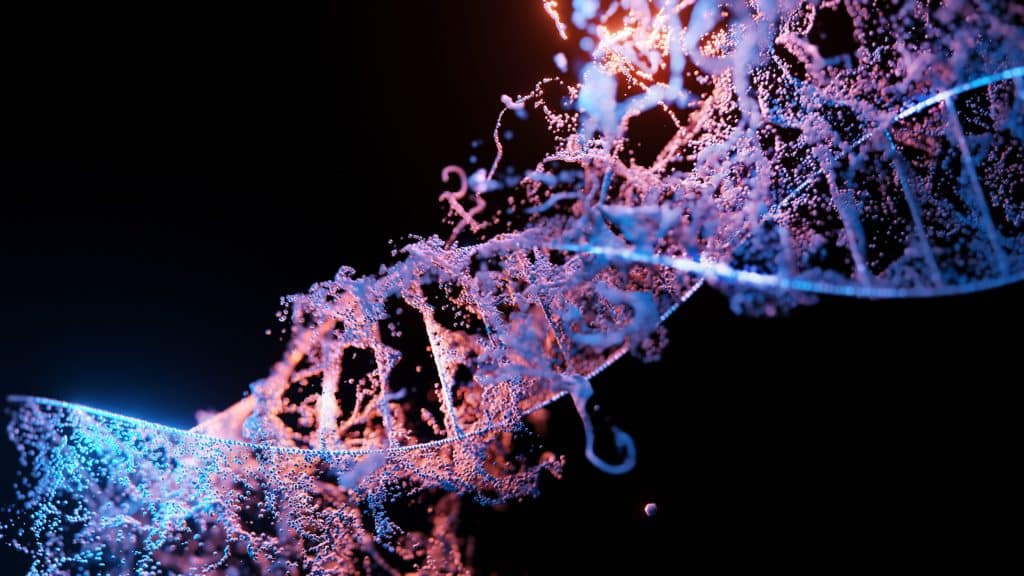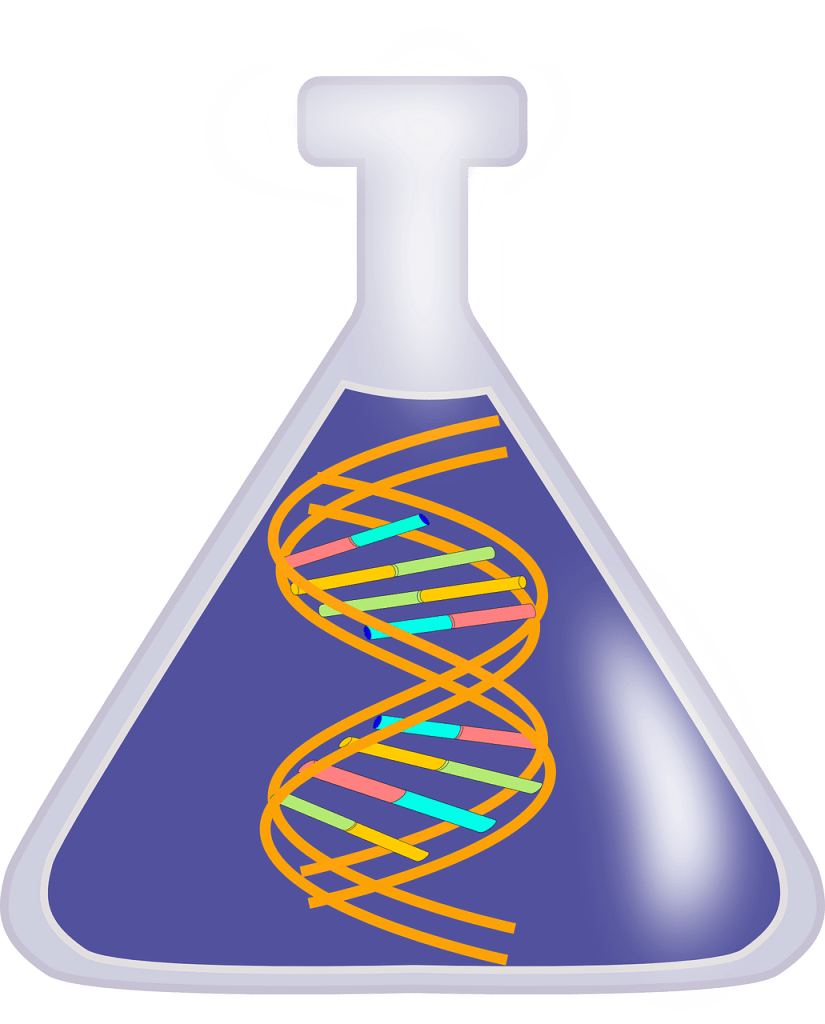The discovery of DNA polymerase is one of the most important in the history of genetics. Studies have found that the enzyme plays a crucial role in DNA replication. Without it, cells would be unable to reproduce. In this blog post, we will discuss the function of DNA polymerase and how it helps replicate DNA molecules.
Learn in This Article
- What Is DNA Polymerase
- The Function of DNA Polymerase
- Importance of Understanding the Role of DNA Polymerase
- The Function of DNA Polymerase: Key Takeaways
What Is DNA Polymerase
DNA is the molecule that carries genetic information crucial for the development of all living things. It comprises two long chains of nucleotides held together by hydrogen bonds. DNA is replicated when cells divide so that each new cell has an exact copy of the original DNA molecule. This process is carried out by different types of enzymes.
One of the enzymes crucial to replication is called DNA polymerase. This enzyme catalyzes the replication of DNA by adding new nucleotides to the DNA strand, base-pairing them with the complementary nucleotides in the template strand. There are many different types of DNA polymerases, which differ in their structure, function, and specificity.
The Function of DNA Polymerase
DNA polymerase is one of the enzymes responsible for the replication of DNA. It catalyzes the formation of new DNA strands by adding nucleotides to the existing DNA template strand. DNA polymerase also plays a role in repairing damaged DNA. Thus, the enzyme is vital for passing on genetic information and maintaining its integrity.

What Is the Function of DNA Polymerase in DNA Replication?
To understand the main function of DNA polymerase, we need to familiarize ourselves with the entire process of DNA replication, a complex process that involves many different proteins and enzymes.
The first step involves unwinding the double helix by an enzyme called helicase. This creates two single-stranded templates that other enzymes can use to synthesize new strands of DNA. This is where DNA polymerase and its function come into play.
The enzyme DNA polymerase then assists in the synthesis of new strands. Using the single-stranded templates as a guide, it pairs the existing template with nucleotides to form a new strand. Once the new strands are synthesized, they are joined together by another enzyme called ligase.
The final product of DNA replication is two double-stranded DNA molecules identical to the original molecule. The two new DNA molecules produced consist of the leading or lagging strand from the original helix and a new one. This process is called semi-conservative replication.
What Is the Role of DNA Polymerase in DNA Repair
DNA is an essential molecule as it contains the blueprint for all the proteins in our cells for growth, metabolism, and function. As such, DNA molecules must remain accurate and error-free. Apart from replication, DNA polymerase also plays a crucial role in maintaining the accuracy of DNA by proofreading it and repairing mistakes that occur during replication.
It works by first binding to a damaged section of DNA. It then uses the healthy template strand to create a new complementary strand. This process is called synthesis. Once the new strand is complete, DNA polymerase checks it for errors. If any mistakes are found, DNA polymerase will fix them before moving on.
This process of proofreading and repairing is essential for maintaining the accuracy of our DNA. Without it, errors would accumulate over time and lead to problems with cell function and cause mutation.

Importance of Understanding the Role of DNA Polymerase
Understanding how DNA polymerase enzymes work is essential for understanding how cells replicate and how genetic information is passed on from generation to generation. Scientific research on DNA polymerase and its function in DNA replication has enabled the scientific community to develop treatments for diseases caused by replication errors. Additionally, this knowledge has been used to develop forensic techniques capable of identifying individuals based on their DNA.
The Function of DNA Polymerase: Key Takeaways
- DNA polymerase is an enzyme that catalyzes the formation of new DNA strands by adding nucleotides to the existing DNA template strand.
- The enzyme also plays a role in repairing damaged DNA.
- The function of DNA polymerase is essential for passing on genetic information.
- Scientific studies on this enzyme have led to advancements in clinical research and medical treatments for specific diseases caused by errors in DNA replication.
Frequently Asked Questions
What are the two important restrictions for DNA polymerase?
There are two essential restrictions for DNA polymerase: it can only add nucleotides to the 3’ end of the primer, and it can only synthesize DNA in the 5’ to 3’ direction. These restrictions ensure that DNA polymerase always adds nucleotides in the correct order and that new DNA strands are always synthesized in the right direction.
What are the two functions of polymerase?
The scientific community has identified two crucial functions of DNA polymerase during cell division.
It helps in the replication of DNA, ensuring that each new cell receives a complete set of genetic instructions.
DNA polymerase assists in the repair of damaged DNA, helping to protect the cell against genetic mutations.
Where is DNA polymerase found?
DNA polymerase is found in the cell’s nucleus, helping ensure each cell has a complete set of chromosomes. It’s also found in the mitochondria, where DNA polymerase plays a role in preserving the cell’s genetic information.
How is DNA polymerase produced?
DNA polymerase is a protein that is encoded by a gene. In eukaryotic cells, such as those found in humans, these genes are transcribed in the nucleus by DNA-directed RNA-polymerase II. The resultant RNA is transported to the cytoplasm and translated into a protein. Finally, this protein assembles with other proteins to form the active DNA polymerase enzyme.
How does DNA polymerase detect errors?
During replication, the DNA polymerase proofreads newly added nucleotides before adding the next one. If it finds an error, it stops the process, cuts out the mismatched base pairs, and adds the correct nucleotide before moving forward. This specific function of DNA polymerase ensures the integrity of the genetic information is maintained.
